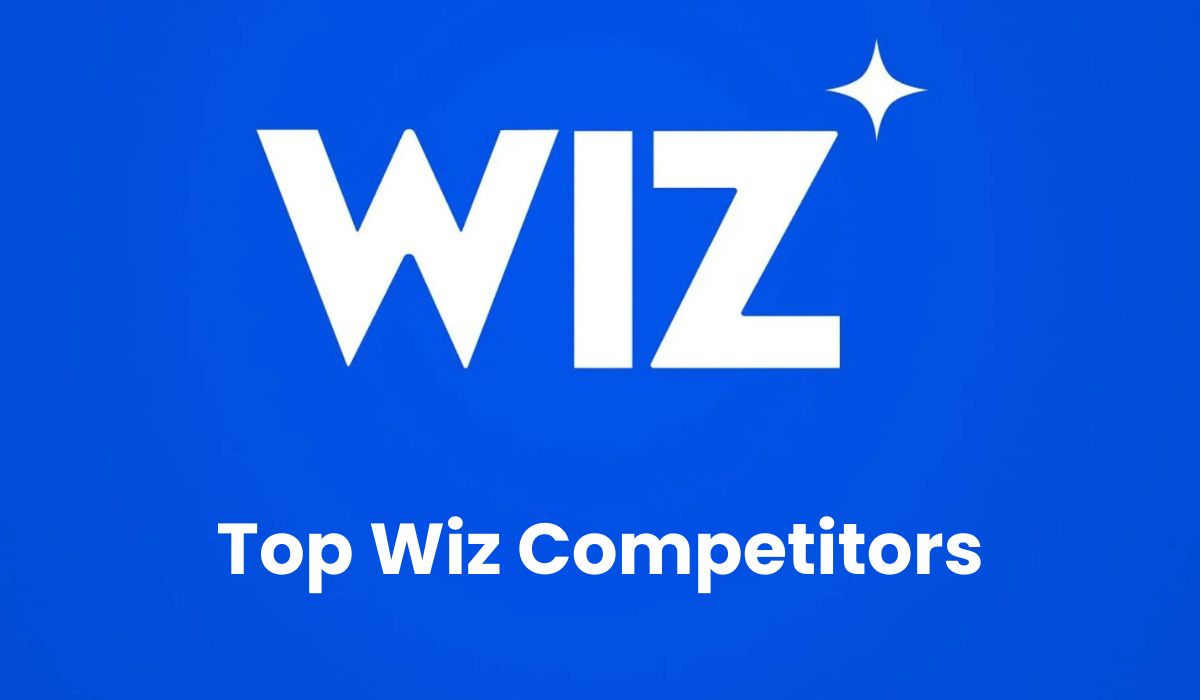Cloud security has grown more complex as organizations shift workloads into public and hybrid environments. Wiz emerged early as a pioneer in combining vulnerability management, posture assessment, and runtime protection under a single pane. Yet by 2025, a new generation of wiz competitors has staked claims in the CNAPP market. This overview names the top contenders and explains what sets each apart.
Palo Alto Prisma Cloud
Priced for enterprises that already use Palo Alto Networks firewalls, Prisma Cloud extends network security into containers and serverless functions. It stands out for embedding identity-aware controls directly into CI/CD pipelines, which reduces post-deployment remediations.
Teams familiar with Palo Alto’s policy language adapt quickly. As part of a broader security ecosystem, it simplifies alert correlation, although some users report a steeper learning curve for advanced cloud security platforms.
Orca Security
Orca relies on agentless, side-channel data collection to map risks across workloads within minutes. That approach avoids performance overhead and speeds onboarding.
Its risk-scoring model prioritizes exploitable vulnerabilities by combining threat intelligence with workload context. For organizations seeking rapid visibility without deployment hurdles, Orca’s method contrasts with Wiz’s agent-based scans. Orca’s reporting templates also integrate with popular issue trackers for smoother remediation workflows.
Microsoft Defender for Cloud
As part of Microsoft’s security suite, Defender for Cloud natively covers Azure, AWS, and GCP, automatically correlating data with identity and endpoint signals. Many enterprises that commit to Microsoft’s licensing find this option cost-efficient compared to standalone CNAPP solutions.
Defender’s strength lies in its automated playbooks and integration with Sentinel for security orchestration. Under a single portal, it unifies posture management and threat detection, though some teams miss deeper vulnerability insights found in specialist tools.
Check Point CloudGuard
Check Point CloudGuard combines posture management with runtime protection and threat intelligence from the company’s threat cloud. It shines in cross-account governance, providing guardrails that prevent misconfigurations before workloads launch.
In environments with strict compliance requirements, pre-deployment validation policies for 3Cloud compliance tools help prove adherence to standards such as PCI DSS and HIPAA. CloudGuard’s policy editor may feel familiar to long-time Check Point users, yet it can overwhelm newcomers.
Lacework
Lacework is a new paradigm that identifies suspicious application and user behavior patterns through behavioral analytics and anomaly detection. It is not a static vulnerability scan; rather, it learns baseline behavior and then alerts on any deviations, thereby detecting even zero-day exploits and insider threats.
For busy DevOps teams that push multiple releases, this autonomous monitoring from Lacework can suffice in lieu of manual rule updates. Its data model also supports custom queries and automated responses via webhooks.
Snyk
Snyk started with developer-centric source code and container scanning and now offers broader cloud security platform features. It integrates directly into popular IDEs and SCM pipelines, uncovering misconfigurations before code merges.
Security teams appreciate Snyk’s contextual fix advice and automated pull requests that supply mitigation code snippets. Although its coverage of runtime threats remains more limited than Wiz’s, it excels at shifting security left in agile workflows.
Tenable One
Built on the legacy of Nessus vulnerability scanning, Tenable One unifies cloud, network, and identity threat exposure into a single risk score. Its asset-centric view helps security leaders see which systems represent the greatest organizational risk.
For regulated industries, Tenable’s compliance modules address frameworks such as NIST and ISO. While its wiz top competitors’ label often centers on vulnerability management, Tenable One has expanded into runtime detection with integrations to SIEM and SOAR platforms.
Qualys Cloud Platform
Qualys charges by asset and offers continuous assessment for vulnerabilities, misconfigurations, and malware. Its global cloud architecture delivers consistent scanning without local appliance maintenance.
Teams already using Qualys VM will find additional modules for container security and cloud inventory to integrate seamlessly. The platform’s development focus has shifted toward providing API-driven workflows that tie into DevSecOps toolchains, although some critics point to dated user interfaces.
Trend Micro Cloud One
Trend Micro leverages its anti-malware expertise to deliver host-based intrusion prevention, file integrity monitoring, and vulnerability scanning in CNAPP solutions. Its deep integration with container runtimes and serverless functions enables in-pipeline security checks.
Enterprises with mixed on-prem and cloud assets often deploy Cloud One across both domains for a unified view. Frequent automated updates keep protection current, yet can introduce noise, requiring fine-tuning of policies.
Choosing the Right Fit
Selecting among wiz security competitors depends on existing tool investments, team expertise, and specific compliance needs. Agentless options like Orca speed initial deployment, while agent-based platforms may offer richer runtime controls.
Vendor ecosystems matter too: security suites from Microsoft or Palo Alto lend broader correlation benefits, whereas specialist players like Lacework and Snyk excel at targeted analytics or developer integration. Budget models vary, from per-asset billing to bundled subscriptions.
Each solution brings a distinctive blend of features. By mapping requirements, whether enforcing cloud compliance tools across accounts or shifting security left with developer-friendly scans, teams can narrow choices. The market in 2025 rewards flexible data collection and actionable risk scoring above simple checklist compliance. Understanding what makes each competitor unique ensures cloud security postures remain resilient as threats evolve.
